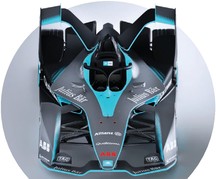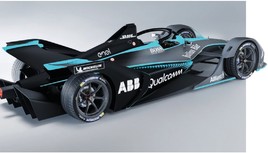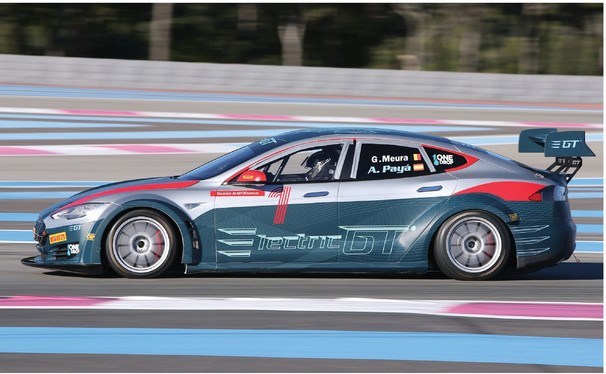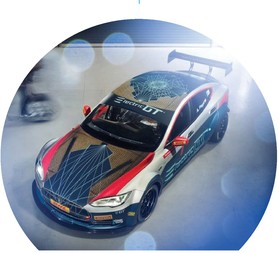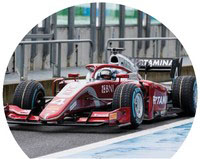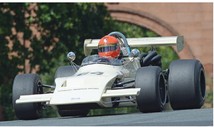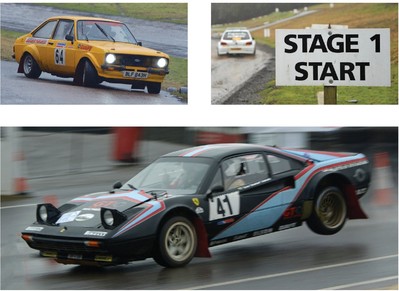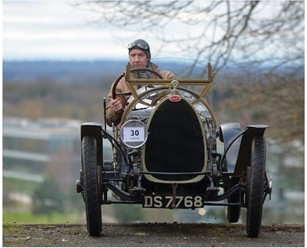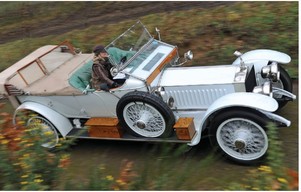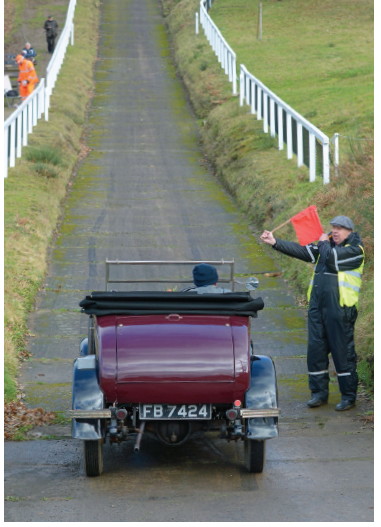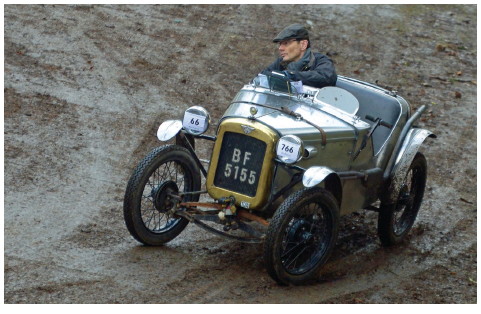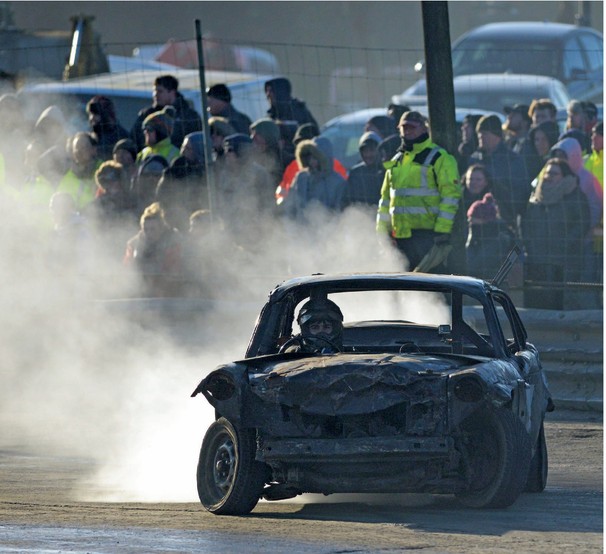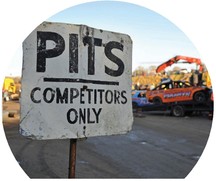RACING LINES

Fernando Alonso’s recent announcement, that he will be adding a full WEC campaign with Toyota to his Formula 1 commitments with McLaren, gave me great joy. I’ve always been a fan of his mercurial talent and never-say-die attitude to racing, something underlined by his hunger to chase victories outside F1.
True, he has demonstrated an uncanny knack of putting people’s noses out of joint. He also appears to have terrible timing when it comes to switching F1 teams, yet there’s no denying he is one of the greatest drivers of his or any generation.
That’s a big statement, but one that’s easier to make of a driver who is prepared to test himself in other top-flight categories. His efforts in last year’s Indy 500 were sensational. Such raw pace and canny racecraft, despite minimal experience of the car, track or oval racing, showcased his natural, instinctive talent. The fact he was so clearly relishing every moment made it all the more refreshing.
I’m sure I’m not alone in finding his WEC announcement timely in the wake of Dan Gurney’s death, for the great American racer was one of motor sport’s true all-rounders. It seems remarkable now to consider Gurney was a winner in F1, Can-Am, Indycars and NASCAR. In particular his victories at Le Mans and the Belgian GP (on consecutive weekends in 1967) are not only the hallmarks of a driver at the height of his powers, but one who could adapt effortlessly.
Gurney wasn’t alone in demonstrating enviable versatility. Fellow American Mario Andretti was as happy on a USAC dirt oval as he was at Indy. He won the Pikes Peak hillclimb, the Daytona 500 and the Indy 500. He won the Sebring 12 Hours three times, the Indycar title four times and took the F1 crown, too. Jim Clark was another noted genius, as was Vic Elford, who revelled in the ever-changing conditions of rallying and applied those skills to the Targa Florio, where he was a true virtuoso. He also raced in F1, Can-Am and NASCAR.
Without question theirs was the age of the complete driver. Were they better than today’s counterparts? Sadly that’s an impossible question to answer. If you take Elford’s year-of-years in 1968, however, not only do you get a sense of his freakish abilities, but it highlights how even if today’s drivers wished to emulate such achievements (something Alonso is apparently alone in doing) they simply wouldn’t have the time.
In ’68 Elford was a factory Porsche driver in both rallying and the World Sports Car Championship. He was also racing in his debut single-seater season in both F2 and F1. In January he won the Monte Carlo Rally in a Porsche 911, then immediately flew to Daytona for the 24 Hours, which he also won. In May he won the Targa Florio with Umberto Maglioli, followed by the Nürburgring 1000Kms with Jo Siffert, both in Porsches. He came within a few laps of winning his second F2 race, then secured an F1 seat with Cooper, making his debut at Rouen in the French GP. He qualified last in the dry, but the race was wet – conditions that suited ‘Quick Vic‘ to a tee. Despite the Cooper’s porcine handling, Elford wrestled it to fourth place.
Take a look at today’s extensive racing calendars and you can see the problem. In 1968 there were a dozen Grands Prix, eight of them held at European circuits. In 2018 there will be 21, more than half of which are fly-aways. Add another eight weekends for WEC’s 2018/19 ‘Superseason’ and it’s clear Fernando is going to be a very busy boy.
His desire to join Graham Hill in taking racing’s elusive Triple Crown (Monaco Grand Prix, Indy 500 and Le Mans) is a captivating prospect. One clearly not lost on the WEC organisers. Witness their controversial decision to shift the date of the 6 Hours of Fuji in order to avoid a clash with the US Grand Prix in Texas. Understandably some in the WEC paddock aren’t happy, but if his participation brings half the attention he brought to the Indy 500, it’s surely win-win for endurance racing, the wider sport and fans who long to see one of the very best current F1 drivers racing the fastest sports-prototype ever built.
I wish more drivers had Alonso’s appetite for racing and appreciation of our sport’s history. Granted, I doubt he’d be quite so distracted if he had a winning McLaren at his disposal, but his awareness of the world beyond the vacuous vacuum of F1 is refreshing – and his willingness to pit himself against the best Indy and WEC has to offer is fantastically exciting. After all, it’s one thing to curate a career that segues from one race series to the next, quite another to mix it up simultaneously at the very highest level.
It’s something we’ve glimpsed tantalisingly in the fairly recent past. In 1996 Colin McRae wrung the neck of a Jordan F1 car at Silverstone, posting a time that would have put him comfortably on the grid for that year’s British GP. Then in 2004 he finished third in class and ninth overall at Le Mans in a Prodrive Ferrari 550. Similarly, Sébastien Loeb finished second at Le Mans in 2006 and shone in a Red Bull F1 test back in 2008. At the time, both were at the top of their game in WRC.
The annual Race of Champions should be the perfect way to sidestep the perils of clogged world championship calendars and enjoy the best of the best going head to head, but in truth it’s nothing more than a romp around a glorified kart track. Great fun for those involved, but a bit of a Mickey Mouse spectacle and a million miles from the ballsy, elbows-out benchmarking exercise we’d love to see.
The aforementioned achievements of Gurney and co tell us the truly great drivers can win in whatever category they choose. Alonso is a glorious anachronism. I for one hope his WEC adventure yields the Le Mans victory he desires, and that he returns to Indy to complete the Triple Crown. From such achievements legends are made.
Dickie Meaden has been writing about cars for 25 years – and racing them for almost as long. He is a regular winner at historic meetings


